Castrating Alpaca or horses at Kensmyth, Clay Meadow
This post contains graphic photos of castration below of a horse being gelded/castrated. WARNING
Now the frosts have started it is time to consider who to castrate. Those not being used for breeding should be castrated as they can go on to other jobs. Alpaca are castrated either under sedation standing (we do not recommend this method for Alpaca) like horses or fully under anaesthetic which is what we would recommend.
The cuts are left open to drain and wet muddy conditions are therefore not ideal but cold prevents fly strike. whatever weather – remember it is an open wound so care and attention is required. It should also be noted that male hormones do not subside for at least 3 – 6 months in Alpaca (less in horses) and that succesful mating can still occur in up to 8 weeks following castration. Graphic photos follow of horse castration done standing.
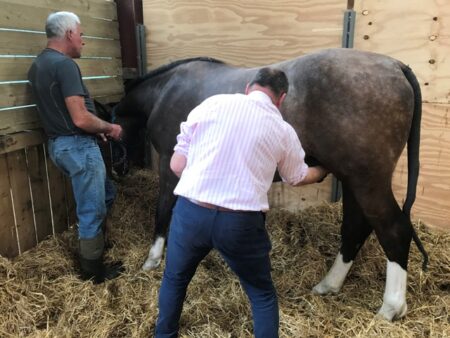
horse cleansed thoroughly and area anaesthetised by injection
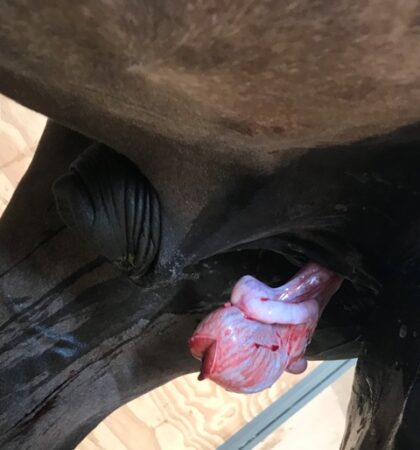
incision made to release one testicle which is then cut off by emasticulators which are then used to clamp to prevent further blood flow (done on both so procedure repeated)
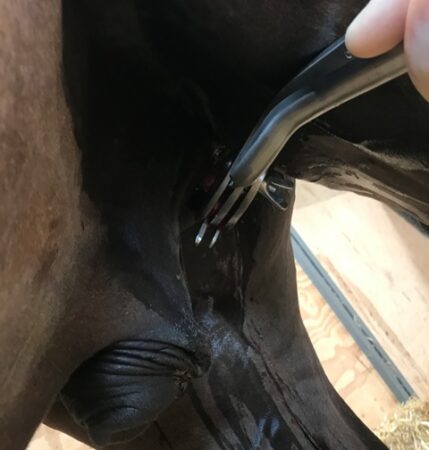
method repeated until two testicles cleanly removed
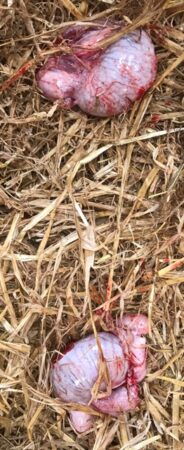
open wounds left to drain and heal naturally – hence need for no Fly Strike weather blood should be washed off legs if possible but not wound areas
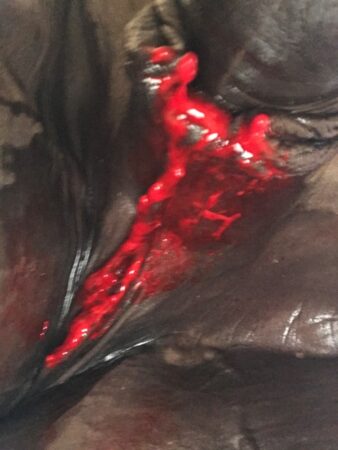
All livestock castrated should be kept under close observation for possible infection and/or fly strike regardless of weather conditions. Movement is encouraged and necessary to prevent swelling.
wherever possible take temperatures which when raised will indicate possible infection.
All castrated livestock will be given antibiotics at time of castration and pain relief.